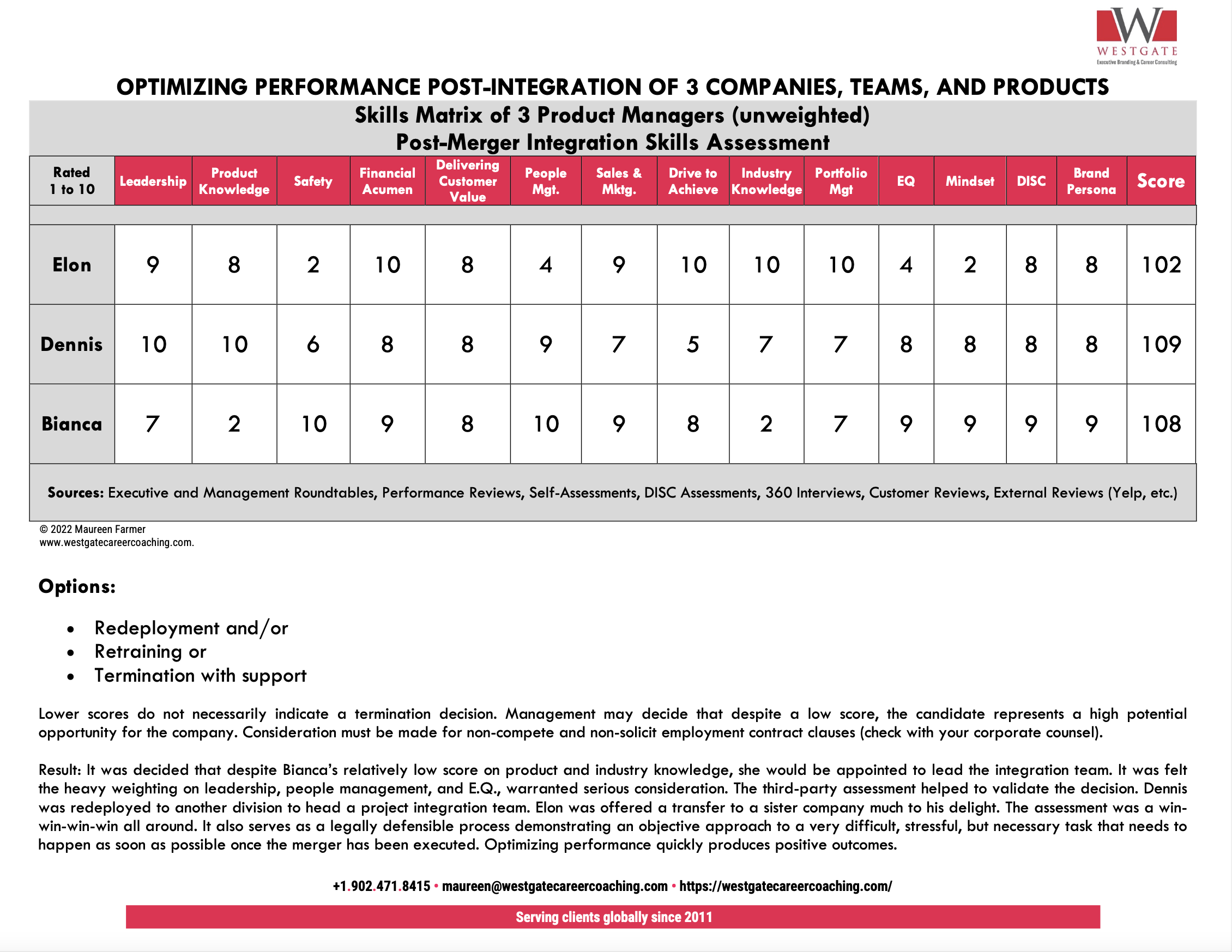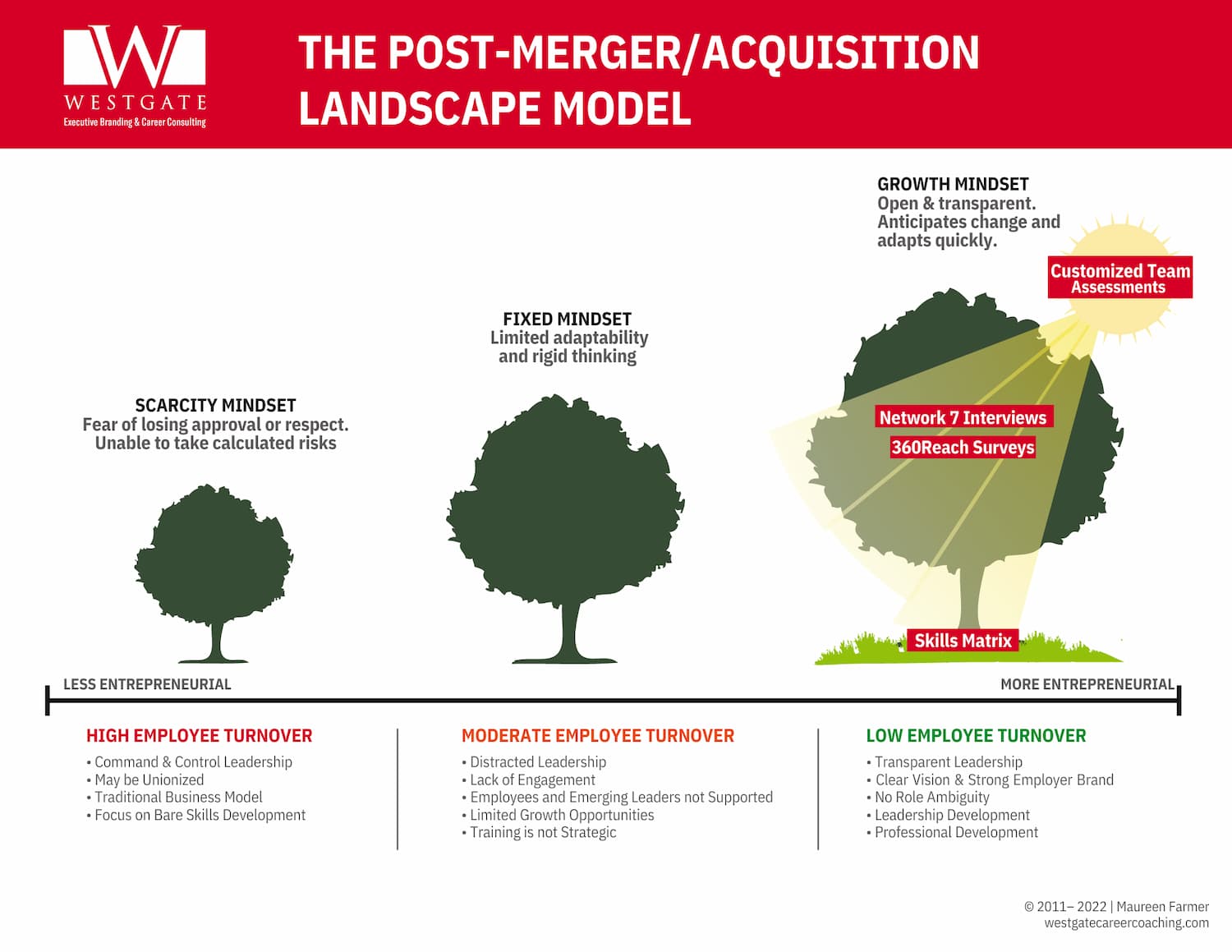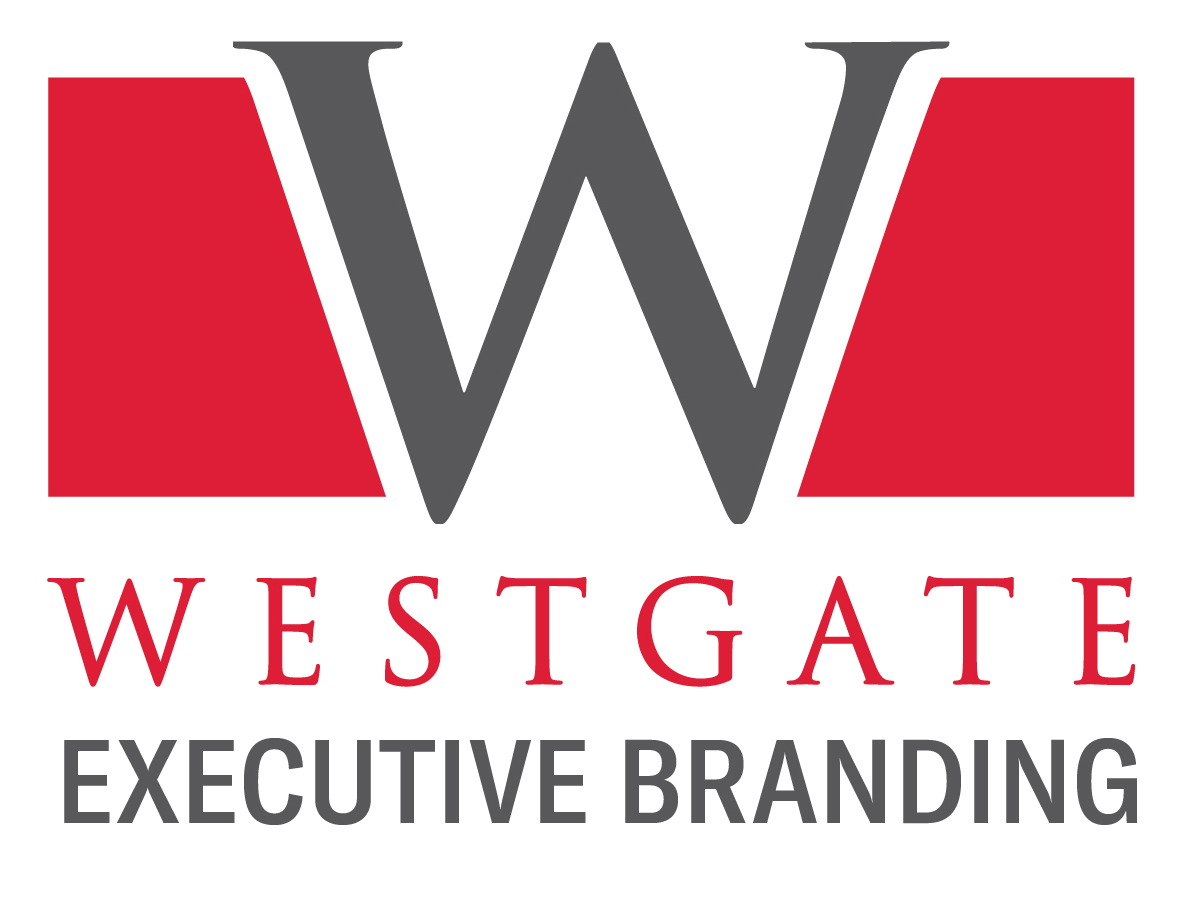How CSOP helps the human dynamics of the post-merger integration
Three primary risks to the newly merged company, its investors, shareholders, suppliers, and customers include:
- Risk of harming the company’s reputation
- Risk of losing market share
- Risk to the visibility of the company
According to many studies, between 70 and 90 percent of acquisitions fail. Most of the time, this depressing number emphasizes the problems with integrating the two parties involved (HBR: Don’t Make This Common M&A Mistake, 2020).
The risk of a badly executed integration of a product line post-merger can cause serious harm to the brand, revenues, and market share.


Case Study

Technology Leader of a private equity held company in the mid-market technology sector.
The Challenge
Private equity firms choose their portfolio companies very carefully. There is a great deal at stake when two companies merge, especially for employees, suppliers, investors, customers, and the entire ecosystem. My challenge in the wake of the strategic acquisition of a new technology company and as the incoming technology leader at this mid-market portfolio company was to buck that trend.
With the new product release date fast approaching after the merger of two mid-size technology companies, we had two major challenges. First, the company was rapidly losing key employees, and secondly, shortly after I joined the company, the VP of Software Development resigned. I needed to act fast and smart.
I needed to recruit the best software engineers and engineering leaders to build the software engineering business unit to execute the product development roadmap. When I first walked into the organization, there were many layoffs and resignations due to massive restructuring. The morale of the people remaining in the organization was running more ragged by the day.
The low morale was because my new team had suffered considerable leadership turnover during the merger leaving them unfocused, uncertain, and without direction for product development or personal growth. In its haste to produce results quickly, the company panicked and subsequently outsourced projects to third-party vendors. Not only did I need to deliver a new product, but I also had to rebuild the dwindling engineering group from the ground up.
As a private equity portfolio company, all eyes were upon us, and time was not on our side.
The Journey
Given we were now two companies (post-merger), we had to deliver the best end-user experience for our customers. We needed to integrate quality features from several different products, and the product had to be flawless to stop customer turnover and recover our monthly recurring revenues (MRR).
At this point during the integration of the two companies, we had two distinct portals for the customer constructed with two diversely different technology stacks and architectures. The merged company inherited a variety of technologies—so many tools that didn’t fit together with a massive deficit in expertise essential to building and maintaining a modern containerized infrastructure.
Customers were confused about how to navigate between portals to execute their daily business processes. Our service support employees were unsure about the right way to help customers use the portal to conduct their business and maintain their infrastructure.
To add to the complexity of the project, we needed to consolidate and release unified product features within an extremely aggressive timeline while maintaining feature-rich architectural frameworks that scaled horizontally to support the now larger combined customer base. The timely release of the unified portal was essential to showcase the user experience under the new brand of the merged entity because the old portals were constructed under the old brand.
The total customer base had doubled after the merger, so the new portal needed to perform efficiently at scale under the increased load of users. Not completing unified portal release on time with a robust scalable architecture meant the customers and the service support employees would have a rough time navigating our applications due to unintuitive experience, malfunctions, breakage, and downtime. We needed to avoid that scenario at all costs.
By unifying engineering tools and methodologies across departments and aligning the organization’s vision and strategy with the engineering team, I successfully instituted SAFe (Scaled Agile Framework) development methodology which allowed us to break down silos within cross-functional departments. The process enabled us to rapidly implement and release in an iterative and incremental fashion, and all essential business processes were made intuitive, convenient to use, self-serving with full automation for customers to seamlessly run their business.
It wasn’t easy, but my teams and I persevered.
The Success
In just ten months, we streamlined the development and release process, and the teams were now able to plan and deliver program increments seamlessly and consistently. An added (and intended) benefit is that the product was stable which means no interruption to implementation cycles. We produced higher team velocity and delivered more features per release, which translated to higher top-line revenue growth by getting the stalled product to market faster.
In the end, we achieved the impossible and created a thriving team, a profitable product, and a sustainable architecture that will be used for years to come.

If the leadership team is not aligned after the merger, the business may suffer quickly. Smart integration teams know that moving decisions quickly produces the best outcomes.
Once the ink has dried, your organization has a challenge—too many people doing the same jobs. Well-meaning organizations and CEOs want to do the right thing by treating everyone fairly, respectfully, and humanely. The faster the teams successfully integrate, the faster revenue flows, profit margins increase, and the more market share your company will capture.
There are many decisions to make and the faster they’re made, the quicker your teams will begin to perform. It’s a very delicate exercise and the right tools can help you make the right decisions—for everyone while keeping your reputation intact.
A good place to start when integrating two teams is assessing the landscape. What personalities, skillsets, and behavioral styles will be working with one another and how do we make the compatibility work effectively for everyone involved? Through this process, we can also determine what pieces are missing and who the next hires should be. This is an opportunity to refresh the organization and it’s imperative that it is done well.
Skills Assessment & Personal Effectiveness
- Technical competence
- Emotional Intelligence
- Mindset
Using an objective tool, such as a skills matrix can help decision-making proceed faster and with less anxiety. The assessments can be conducted by the management team along with deploying a third party to assist with the evaluation and decision-making.
Options for redundant skills include:
- Redeployment
- Retraining
- Termination

Sorting out who has what skills, abilities, and knowledge can be a tricky exercise. Determining the relative value of each of these skills is important to the integration plan and getting market-ready quickly. All eyes are watching. Let’s go!
Soft Skills Predict Business Success
When you’ve identified two (or three) people with near-identical skills, you’ve got a tricky problem. How do you decide the leader? How do you decide who stays?
Three success factors in your employee’s career are:
- Technical acumen
- Emotional intelligence
- Mindset
There are two primary constructs that impact professional growth: (1) personal effectiveness and (2) emotional intelligence.
The three types of mindset impacting the integration of your newly formed organization (all things being equal) is the mindset and there are three mindsets active in your organization today: growth, fixed, and scarcity.

The Growth Mindset
The growth mindset is the most desirable for your organization because it focuses on openness, transparency, and adaptability. This mindset says, “anything is possible, we can do this, let’s go!” Organizations with low employee turnover, transparent leadership, and with a clear vision will attract employees with a growth mindset. Strong employer brands often feature a growth mindset as a component of their culture.
Examples of such organizations include: Vanguard, WD-40, American Express, Audi, etc.

The Fixed Mindset
The fixed mindset will have limited adaptability and may be driven by rigid thinking. Organizations with distracted leaders, experience low employee engagement, and limited training and development may have moderate employee turnover. Emerging leaders are often not identified or supported and will leave to seek better opportunities.
The Scarcity Mindset
Typically considered leadership with a command and control leadership style, this type of organization may be unionized, with a focus on bare skills development. Organizations that come to mind in this type of environment are highly cost-conscious and experience above-average employee turnover. Of course, this type of organization may use this strategy deliberately. Rigid approaches to problem-solving is typically driven by a deep-seated fear of losing the approval and respect of others.
The current global labor market is witnessing massive change and with a shrinking labor pool, organizations are scrambling to meet customer demand because of disruptions to the supply chain and labor market largely driven by the global pandemic. The complexities of a post-merger integration are amplified.
The mindset of your employees is not always fixed and will depend on circumstances, such as change, disruption, and fear (or excitement) of the unknown. The integration of two or more organizations represents all three dynamics.

Solutions to the Shrinking Labor Market and High Employee Turnover
Smart organizations that have identified key people with poor mindsets can choose development and training over layoff and terminations. With the current threat of unionization across the United States lately (Starbucks and Recreation Equipment Inc.), along with the risk of service disruptions, companies can choose to support their workforce with retraining and coaching, for example.
A skills matrix can assist decision makers in acting quickly and effectively for retraining, rerouting, and rebuilding their teams.
The price of doing nothing or not enough is too high.
If you found this information useful, consider sharing it with your team at your next meeting. Contact us today for a confidential (but frank) conversation around employee engagement and employer branding. At Westgate, we optimize CEO performance and pave the way to enhanced relationships with the board, investors, and employees, which collectively leads to higher profitability and earnings per share.
We would like to acknowledge our friend and colleague, Linda Lopeke, for inspiring some of the themes in this blog.

